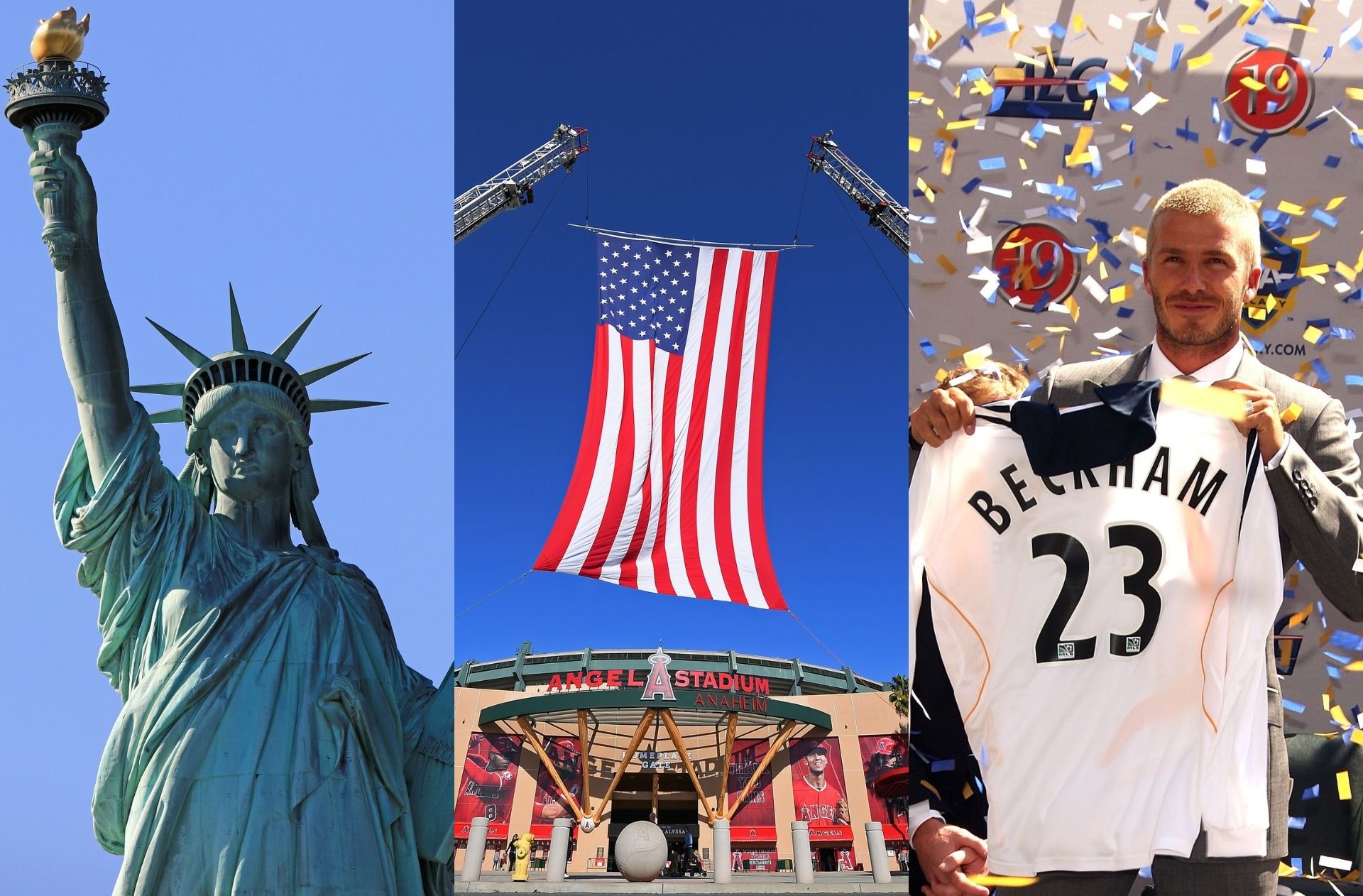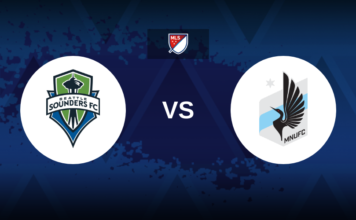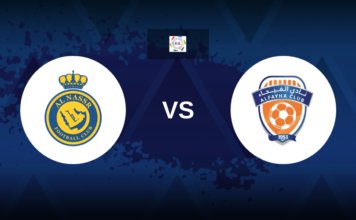In light of MLS commissioner Don Garber’s bold new plans for the league’s future, we take a look at how it’s evolved in the last 25 years.
Major League Soccer has overseen 25 seasons of football in the United States and counting. A lot has already been accomplished, but Don Garber is convinced a lot more can be achieved by 2050.
The MLS commissioner has one plan in mind – to make the MLS the world’s best league in 25 years.
So with this in mind, let’s check out the events in the last quarter of a century that made the American football league what it is today.
1994: The World Cup in the USA
FIFA’s decision to award the United States hosting rights to the 1994 World Cup back in 1988 gave birth to the MLS.
The prime condition for hosting football’s most famous tournament was that they created their own professional football league, hence Major League Soccer was founded. It came three years after the North American Soccer League (NASL) collapsed.
1996: The first-ever MLS match
The World Cup was a tremendous success. Stadiums boasted record attendances in games that, in US-based sports writer Beau Dure’s own words, ‘opened a lot of eyes’ for the American people.
Although it took almost another two years for football to grace the United States, despite the MLS being launched in 1995.
But while it took longer than expected, 31,683 spectators still showed up for the first-ever league match between San Jose Clash (now known as San Jose Earthquakes) and DC United on April 6, 1996, and ESPN broadcasted it at the Spartan Stadium in Michigan.
While it was nothing like a World Cup game, in terms of quality at least, Eric Wynalda’s 88th-minute goal ensured a thrilling end for 1-0 winners Clash.
2002: The USA national team stars on the big stage
The United States surpassed expectation by reaching the World Cup quarter-finals back in 2002. The Yanks had never done so well beforehand, and it couldn’t have come at a better moment for the MLS.
Interest had declined, debts mounted, teams went of business, and there were just three club owners left in a 10-team league.
But the USA’s exploits, led by a 20-year-old Landon Donovan, in Japan and South Korea, breathed life back into the league once more.
2005: Surprise success in Salt Lake City
Real Salt Lake’s founding in 2005 was another important sign of the MLS’s growing popularity in the United States.
Salt Lake City may not be the biggest city in the nation, with an estimated population of 213,000 citizens, but its average attendance of 18,037 fans for the club’s matches in its first season was 3,000 better than the league’s average.
2007: The Beckham effect
One of the most significant turning points in MLS history has to be Beckham’s arrival.
The former England captain, who was still in his prime years at 32, joined LA Galaxy from Real Madrid in 2007. He was arguably the most famous player on the planet and, therefore, interest in MLS soared.
His arrival gave birth to the Designated Player rule to allow certain MLS stars to bypass the salary cap.

Image Credits: Betway Insider
2007: Toronto kick-start a new trend
NBA, MLB, and the NHL have all been a success in North America, and MLS can now count itself among them with three teams from the continent.
But Toronto FC’s introduction of a 30,000-seater BMO Field stadium in 2007 kick-started a fresh approach to fan culture. The days of multi-purpose grounds are ending. Most clubs now own soccer-specific venues in 2020.
2011: West coast gets a long-overdue expansion
There wasn’t a single club within 840 miles of Seattle Sounders down the west coast before 2011. LA Galaxy and San Jose Earthquakes were the only other teams representing the coastline.
But Portland Timbers and Vancouver Whitecaps’ introductions led to increased interest in the MLS and a 36.7% jump in aggregate attendance – a record rise in the league’s history.
2015: New York gets a second club
New York is the most populous and famous city in the United States, so what better place to raise the MLS’ profile?
One team in the New York Red Bulls over in the Hudson River in New Jersey already existed, but not in the Big Apple itself.
In came New York City FC, co-founded by Manchester City and the New York Yankees, to do just that in 2013. The impact it had was instant. Aggregate attendances rose by 18.5% in the club’s first MLS season.
2015: Football royalty hits the MLS
David Beckham’s arrival in 2007 paved open a new exciting era in American football. More European stars crossed the Atlantic to get a piece of action, including Premier League legend Thierry Henry.
But March 2015 saw an abundance of talent arrive in one clean sweep in Steven Gerrard (LA Galaxy), Andrea Pirlo (New York City), and David Villa (New York City).
Add 2007 Ballon d’Or winner Kaka’s own arrival at Orlando City a year earlier to the mix, MLS suddenly became something of a football paradise.
2017: Atlanta United hits the scene
Atlanta, or the land of the 1%, is one of the richest states in the United States and a popular MLS venue.
Atlanta United’s founding changed the game in terms of attendances and fanfare. The Five Stripes not only became a competitive outfit right from the start, but MLS record attendances were made in the regular season and the play-offs at the club’s Mercedes-Benz Stadium.
Some of the information in this article was taken from Betway.







